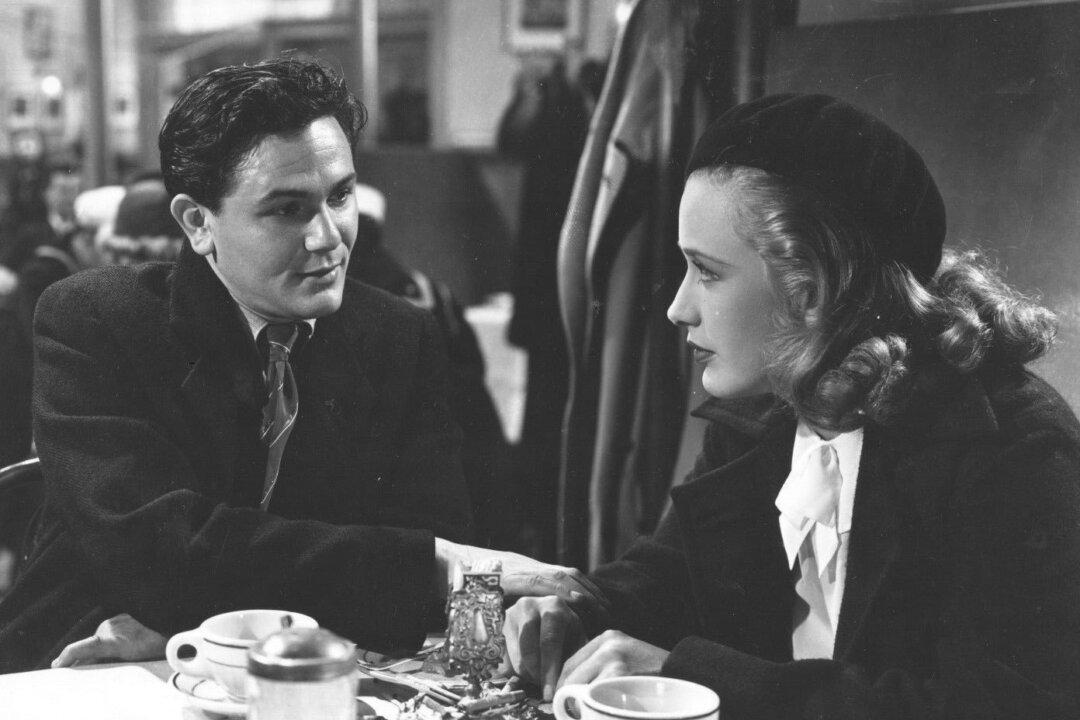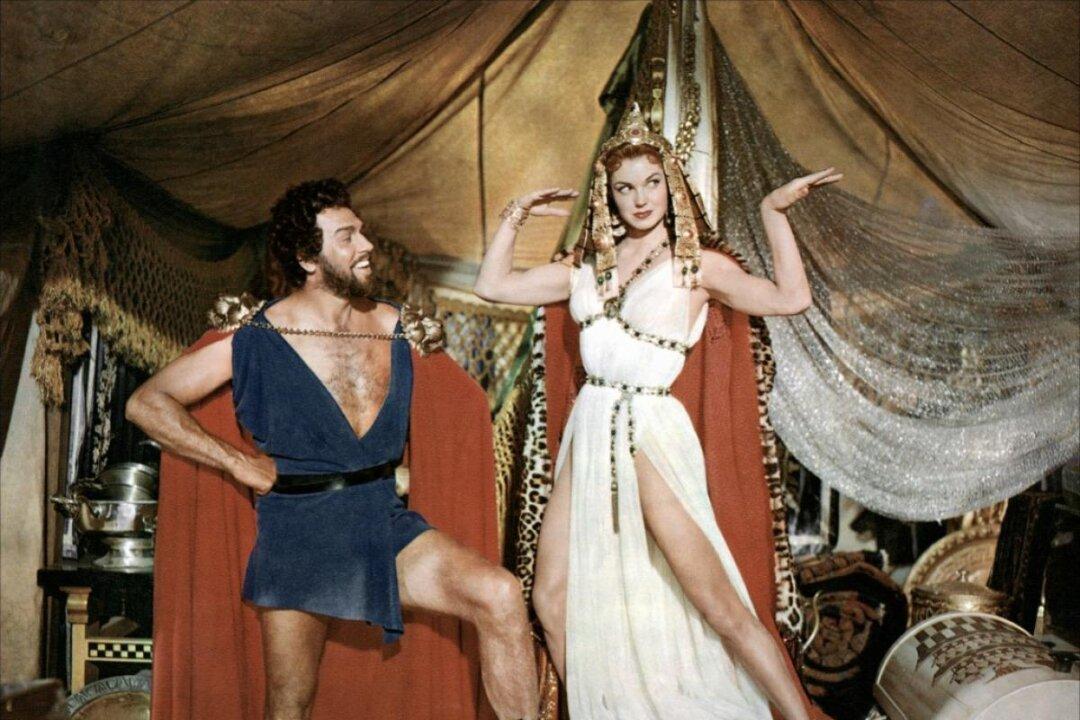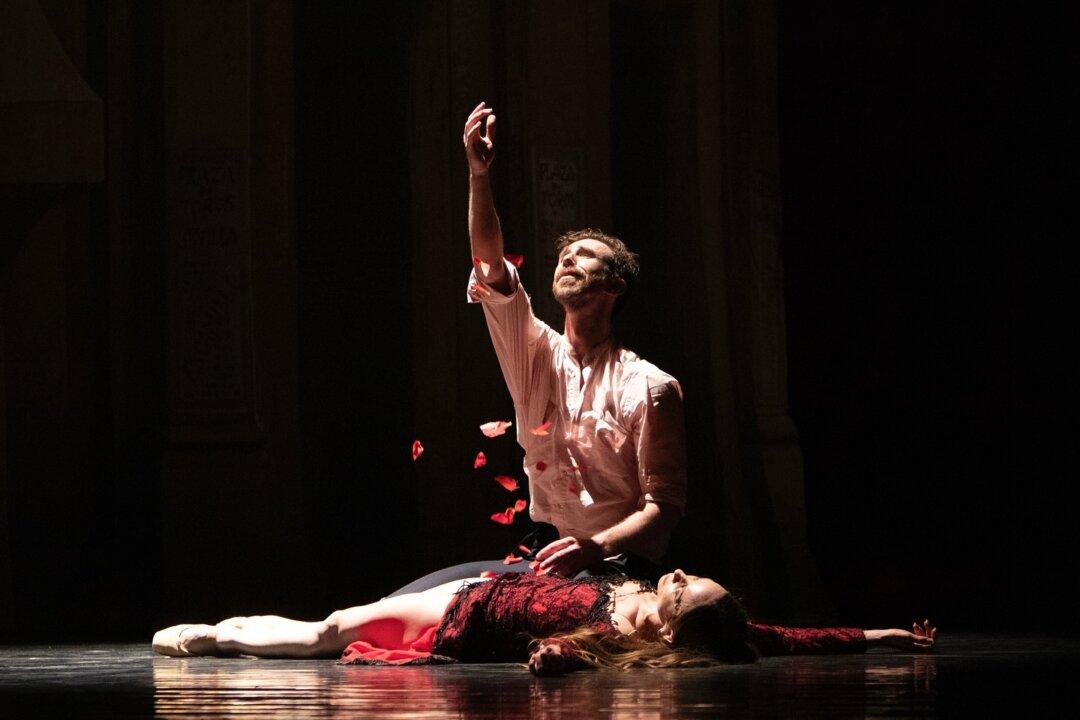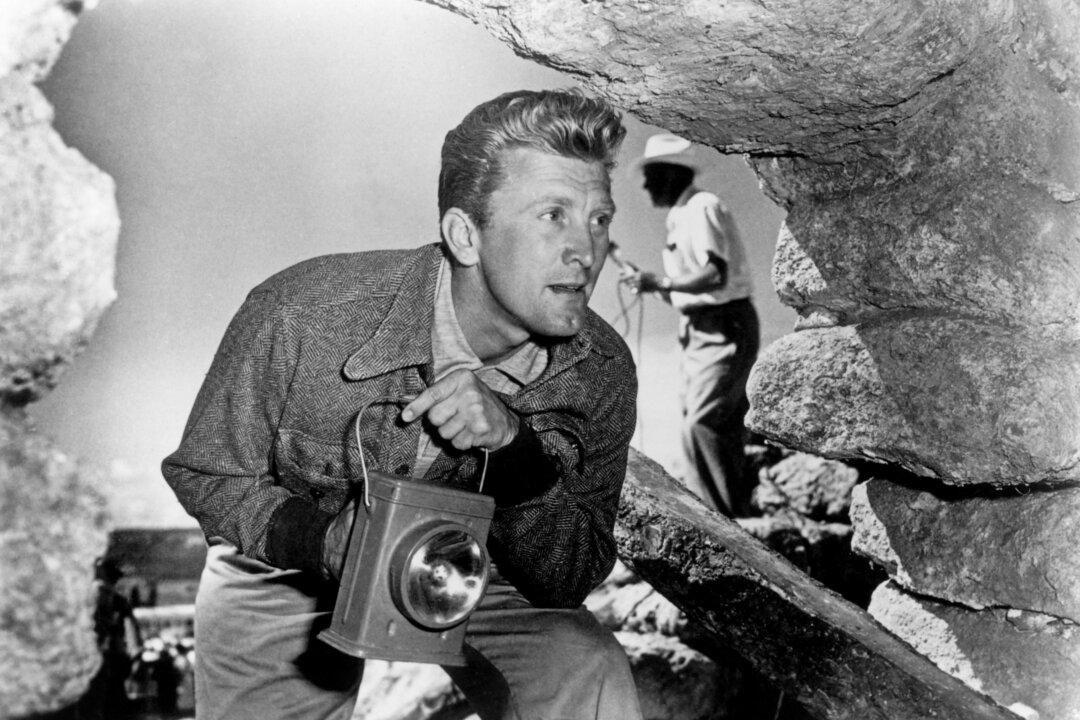Dinner and a movie is a popular plan for evenings at home. This concept goes beyond eating in front of the television when the recipe comes from the movie’s producer.
Joe Pasternak, who made over 100 movies during his three-decade career, was called the “Cooking Producer” because he loved making Hungarian delicacies for his Hollywood friends. His culinary flair was captured in a 1966 cookbook called “Cooking With Love and Paprika,” which is much more than a collection of traditional European recipes. It is a collection of stories about golden era movie stars’ favorite pastime after working hours—eating!






